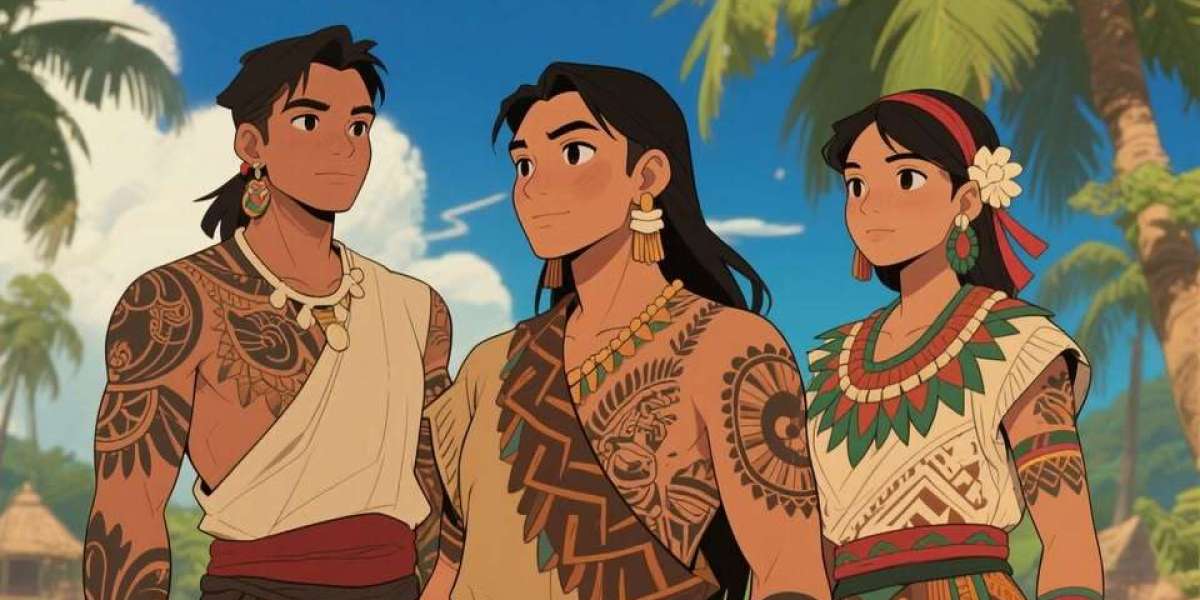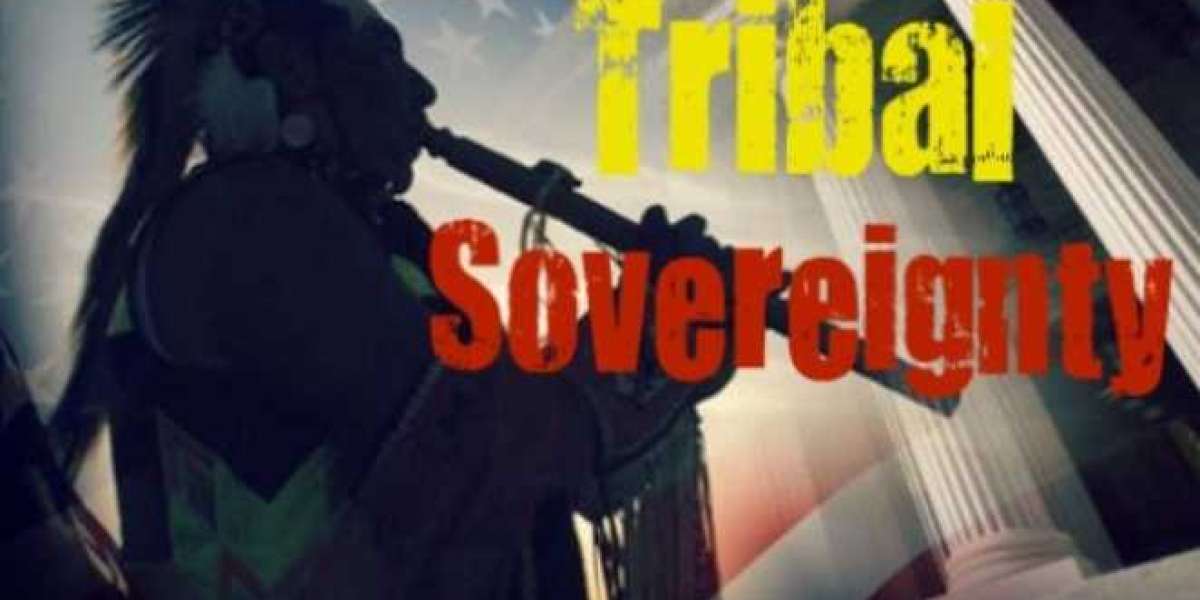Tatak ng Bayani: How Ancient Filipinos Used Tattoos to Tell Their Life Stories
Did you know that tattoos were once the most respected mark of honor in ancient Filipino society? Long before they were seen as a form of fashion, tattoos—called batok in many indigenous communities—served as a living journal of a person’s bravery, identity, and achievements.
Among the Visayans, tattoos were especially prominent. A man with full body tattoos was known as a Pintado or “the painted one.” These weren’t just decorations—they were badges of courage. Every symbol etched onto their skin told a story: a victorious battle, a successful raid, or a rite of passage into adulthood.
Warriors earned tattoos after surviving combat or returning from sea voyages. The more tattoos a man had, the more respect he commanded in his barangay. Even women had tattoos—often with meanings tied to fertility, beauty, and spiritual protection. Designs varied across regions, from geometric patterns to images of animals or ancestors.
The act of tattooing itself was a sacred ritual. The process was painful, done with thorns and charcoal, and guided by a community elder or mambabatok (tattoo artist). But enduring the pain was proof of strength, making the tattoos even more meaningful.
Sadly, this proud tradition began to fade during colonization, when Spanish missionaries discouraged tattoos as “pagan.” But today, indigenous groups like the Butbut people of Kalinga have helped revive it, thanks to cultural icons like Apo Whang-od, the last traditional mambabatok.







